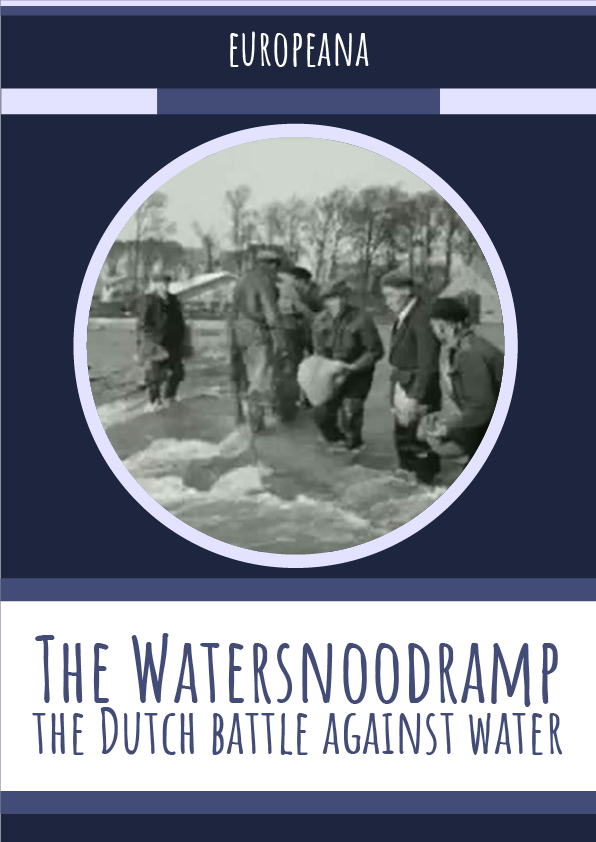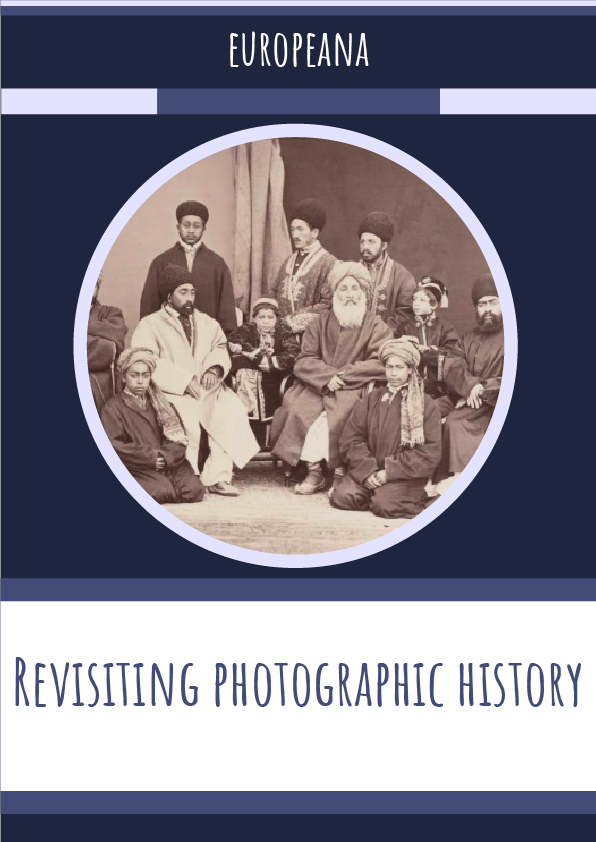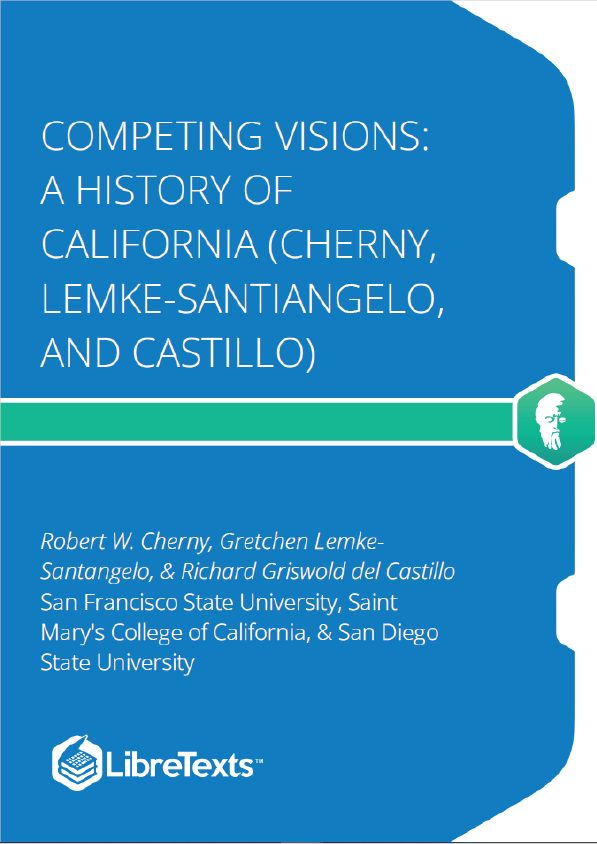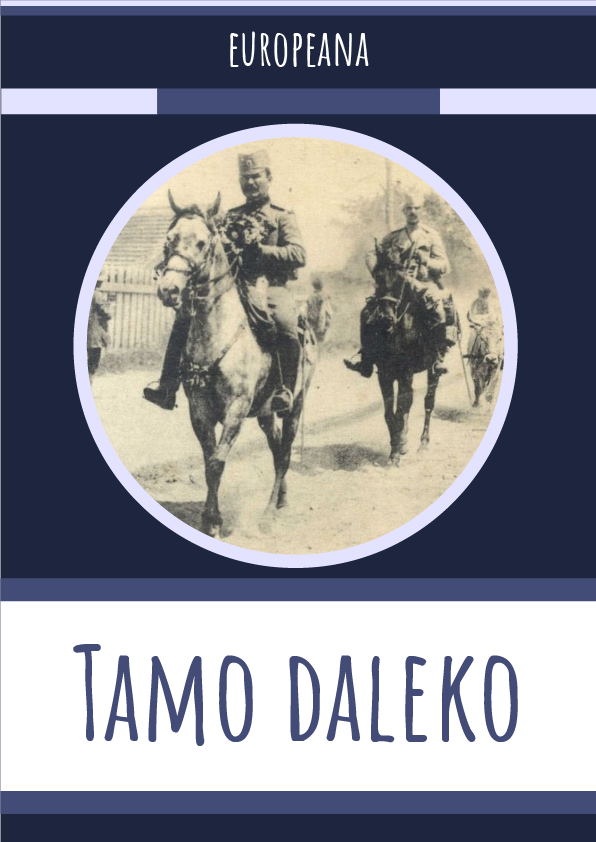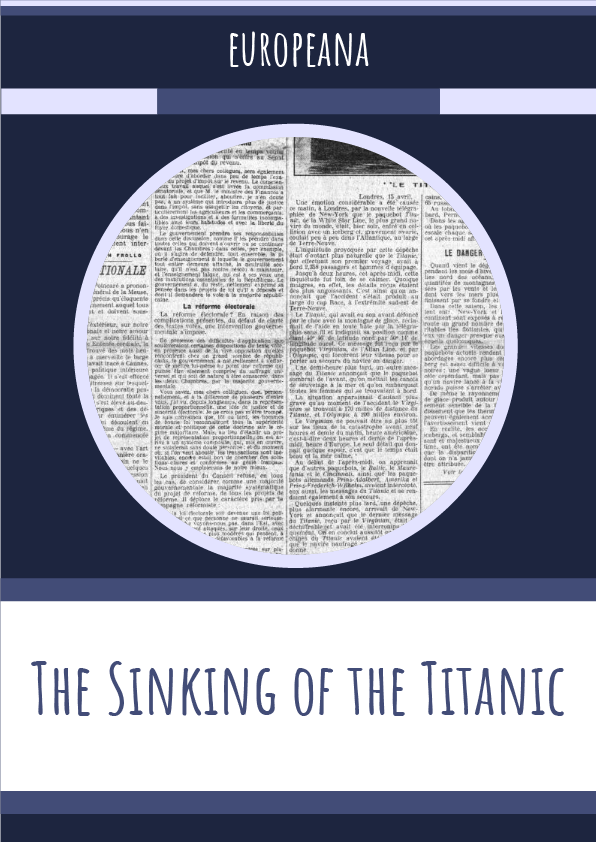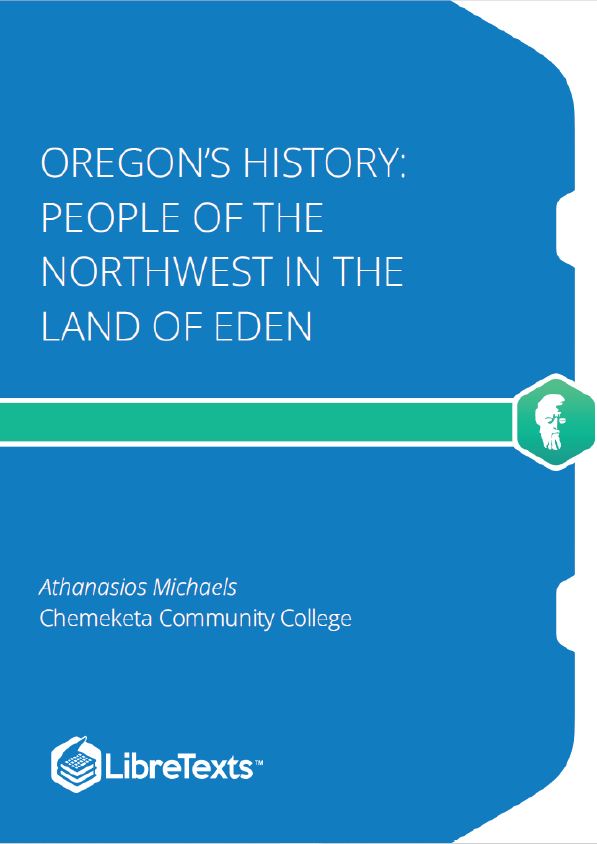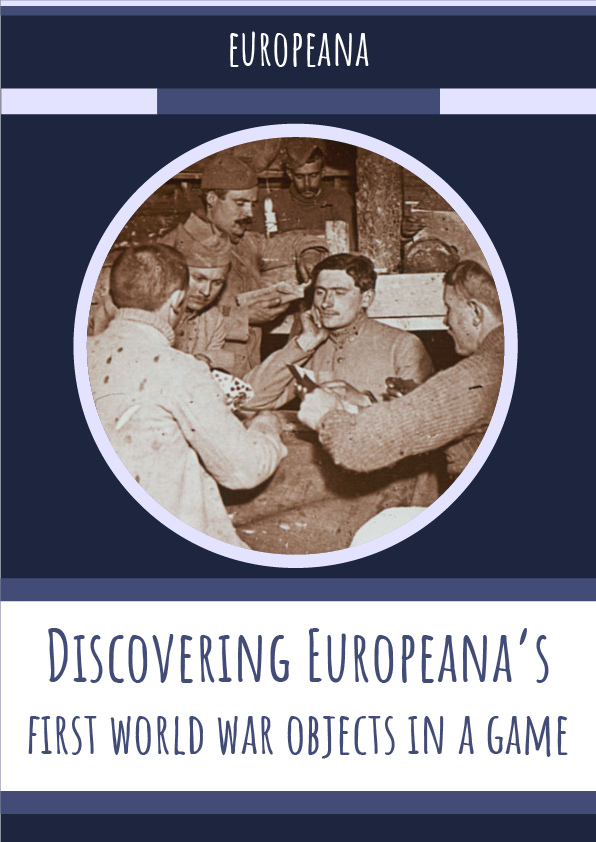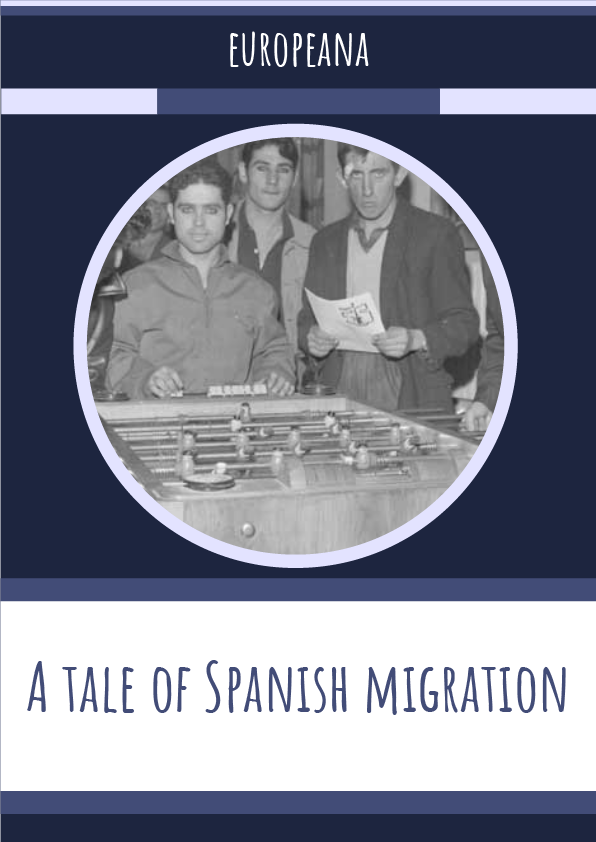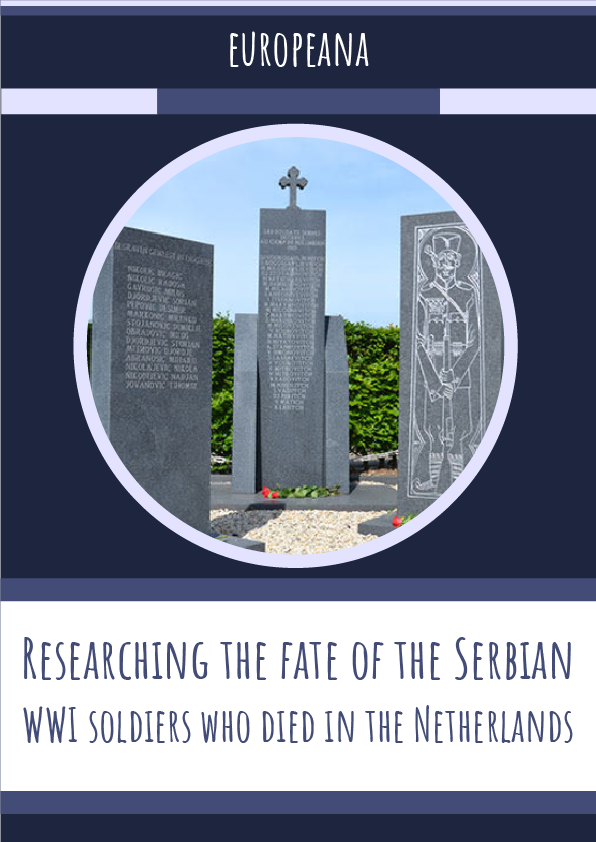How a flooding disaster in 1953 was captured on film
On 1 February 1953, the Netherlands was hit by a big natural disaster, the North Sea flood (‘Watersnoodramp’). In the early morning, the dykes broke through due to a heavy storm and high tide and water flooded large parts of the South-West provinces. Over 1800 people died and many were forced to leave their houses and seek refuge elsewhere.
This blog highlights several videos in relation to the disaster, the migration of people, aid actions and the reconstruction.
The Dutch have a centuries-long tumultuous relationship with water. 20% of the country is below sea level and 50% is less than one meter above it. Floods have been depicted in images for hundreds of years, for instance in this lithography, by Jan Kuypers, which shows relief actions and shelter provided to the victims after a flood in 1876.
The storm surge in 1953 however also marks the first time that video footage captured the aftermath of the flood. These moving images of the ‘Watersnoodramp’ reached people days after the flood, as televisions sets were not yet common in Dutch households and newsreels were only shown in cinemas. Radio broadcasts, press photography and illustrations were the fastest medium at the time. Reporters were often quicker at the scene than aid workers.
In total 72000 people were evacuated for a longer period of time. The majority of people eventually returned to their homes, but large groups migrated to other places in the Netherlands to start new lives. Farmers were expecially hit hard as their land had become infertile after the flood. At least 34 Zealand farmers had to start over in the Noordoostpolder, an area in the Flevoland province. This video shows the farmers officially giving up their land and singing a lease for their new farms.
The Dutch tried to help their fellow countryman by donating to the National Relief Fund. There were also international actions, like the one held by Dutch illustrator Eppo Doeve.
People were encouraged to buy a ‘Doeve-postcard’ for 10 cents with the Latin text ‘Luctor Et Emergo’ (I struggle and emerge), which is the motto of the Zealand province. The card shows an image of the disaster and includes a text in Spanish, English, French and German on the back to thank people and reassure businesses relations about the resilience of the Dutch industry. Over 100000 postcards were sent.
